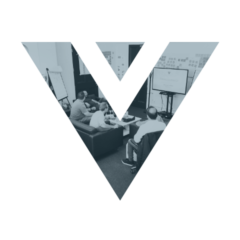Balancing Fixed Costs and Agile Projects
Managing fixed-cost projects while trying to stay flexible with Agile methods can be a challenge. Fixed-cost projects come with clear budgets, scope, and deadlines, but they can lack the adaptability Agile is known for. At Elemental Concept, we’ve found ways to combine these two approaches to deliver great results while staying adaptable.
Fixed-cost projects are attractive to clients because they provide certainty, but that can get tricky when new challenges or requirements pop up during development. Agile is great for handling these changes, but it’s tough to stay flexible when the budget, scope, and timeline are locked in. So, how do we make it work?
We set expectations early. From the start, we talk to clients about the need to prioritise the most important features—the minimum viable product (MVP). By focusing on the core functionality first, we leave room to adjust other features later, without affecting the overall budget or deadlines. We also make it clear that changes down the line might require us to drop or tweak other features to keep everything on track.
We use a prioritised backlog to stay flexible. By getting the high-value features done first, we ensure that the most important parts of the project are delivered on time. The lower-priority features can be revisited and adjusted as needed based on feedback. This helps us stick to the fixed-cost limits while still being adaptable.
Regular feedback loops are key to keeping things flexible. We break the project into small, iterative sprints, delivering working software to the client regularly. This gives us plenty of chances to gather feedback and make changes along the way. If the client needs change, or they realise certain features aren’t as valuable as they thought, we can adjust the backlog without disrupting the project.
Handling change requests is one of the trickier parts of balancing fixed-cost and Agile. Change is inevitable, but scope creep can quickly derail a project. We encourage clients to raise changes early and remind them that adding new features may mean dropping or delaying others.
Lastly, building trust through transparency is essential. We keep clients in the loop with regular updates, share working software at every step, and document everything clearly. This builds trust and keeps clients comfortable with the Agile process, even within the fixed-cost framework.
To conclude, while fixed-cost projects have their limits, there are plenty of ways to stay flexible. By setting clear expectations, focusing on key features, staying open to feedback, and managing changes carefully, we’ve been able to successfully blend the reliability of fixed-cost with the flexibility of Agile.



